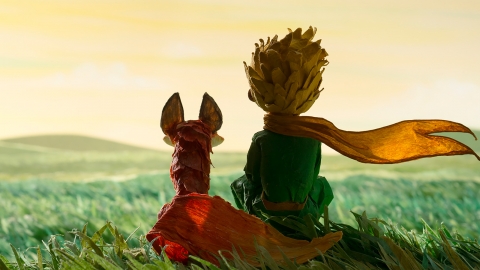On a gloomy day in London (England) in January 1349, the first bells suddenly rang out warning of the Black Death pandemic. That bell had immersed London in an atmosphere of fear and death for many months. Londoners had been warned about God's plague messenger sweeping through other cities in Europe such as Florence - where 60% of the population died from that terrible disease a year before. But those signs were not enough. Only when facing the Black Death directly, those mortals knew how cold and terrifying the scythe of Death was.
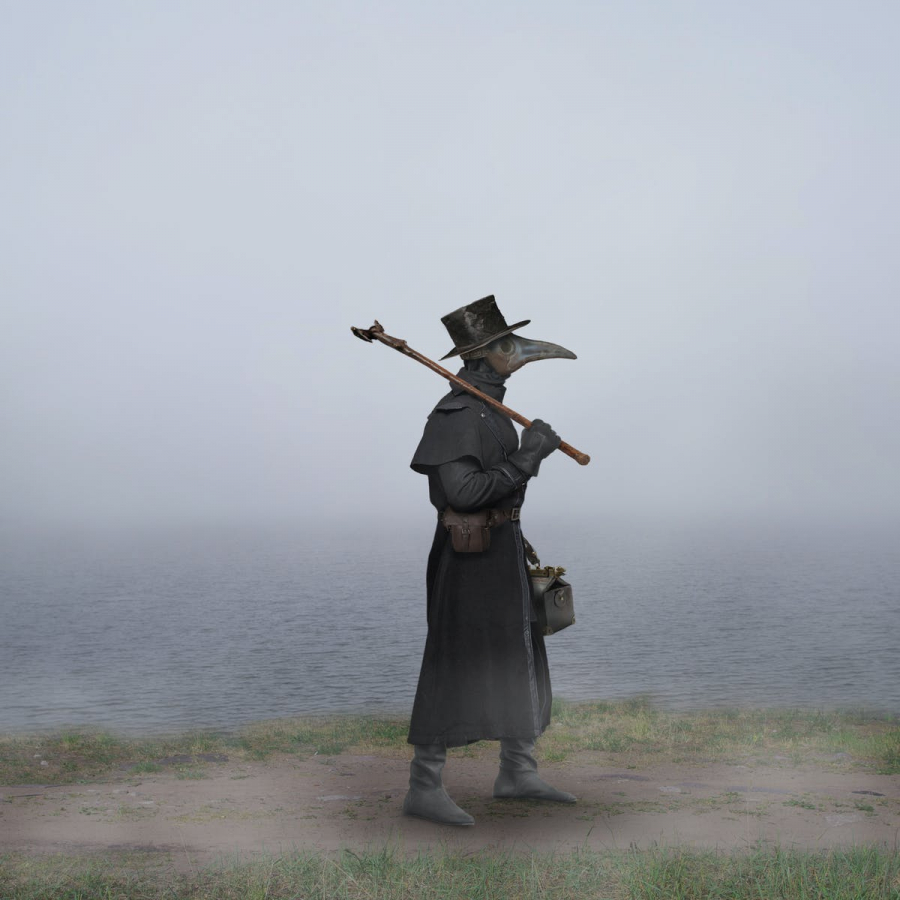
Protective gear of doctors during the Black Death (Photo: Internet)
Before that, in the summer of 1348, the bubonic plague appeared in Europe and gradually invaded the center of the continent. The plague caused painful symptoms for the patient including: fever, vomiting, coughing up blood, black pustules on the skin, swollen lymph nodes and the patient usually died within 3 days. When faced with the Black Death, all the London government could do was to build the giant East Smithfield cemetery, to bury as many infected people as possible in land blessed by the church, so that God could identify the dead here as Christians on the day of judgment. Unable to save lives, the city of London could only find a way to save souls.
The plague did not disappear after the Black Death. Many countries, such as England and Italy, experienced successive outbreaks. In fact, the Black Death is just one example of how a four-year plague dramatically changed the face of the world and all of human civilization.
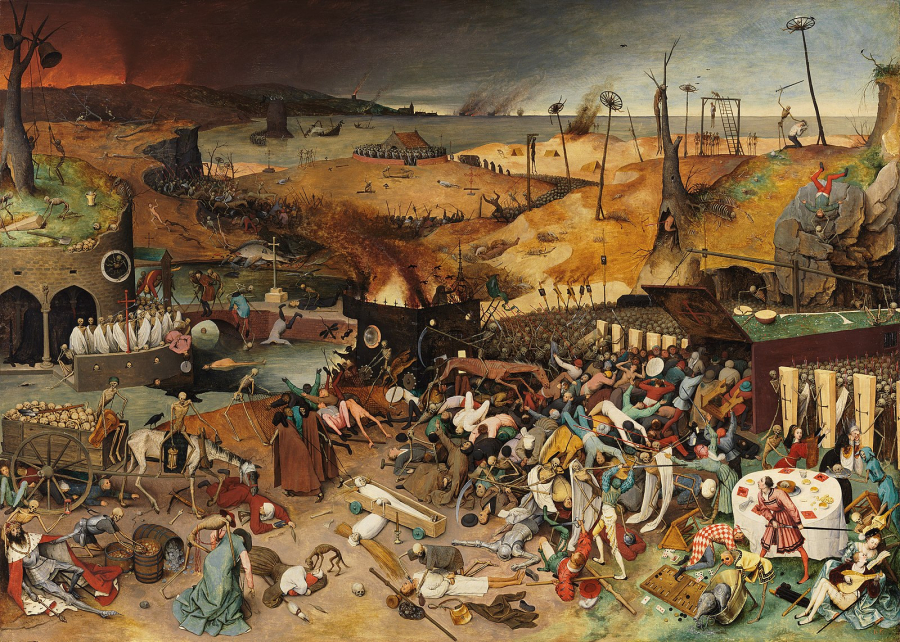
The chaos of European society during the plague (Painting: The Triumph of Death, Pieter Bruegel, 1562)
Test for humanity
The Black Death (or Bubonic Plague) is the name given to the bubonic plague that swept across Eurasia in the mid-14th century. Known throughout Europe as the Black Death, the disease was believed to be caused by the bacterium Yersinia pestis and spread by fleas living on rats, which were transported along the sea and land trade routes of the time. The scale of the disease also evolved over the course of human history, associated with three major global pandemics, including:
- Plague of Justinian (541)
- The Black Death (1348)
- Third wave of the epidemic (1855)
They are examples of the 'fragility' of human socio-political structures, and reflect the consequences of globalization, war, trade and imperial expansion that created networks through which not only silk but also rats and the seeds of disaster (in this case, disease) could travel across the globe. At the height of these epidemics, 800 people died a day in Paris, 500 in Pisa, and 600 in Vienna. Half the population of Siena died within a year. Florence, similarly, lost 50,000 of its 100,000 inhabitants.
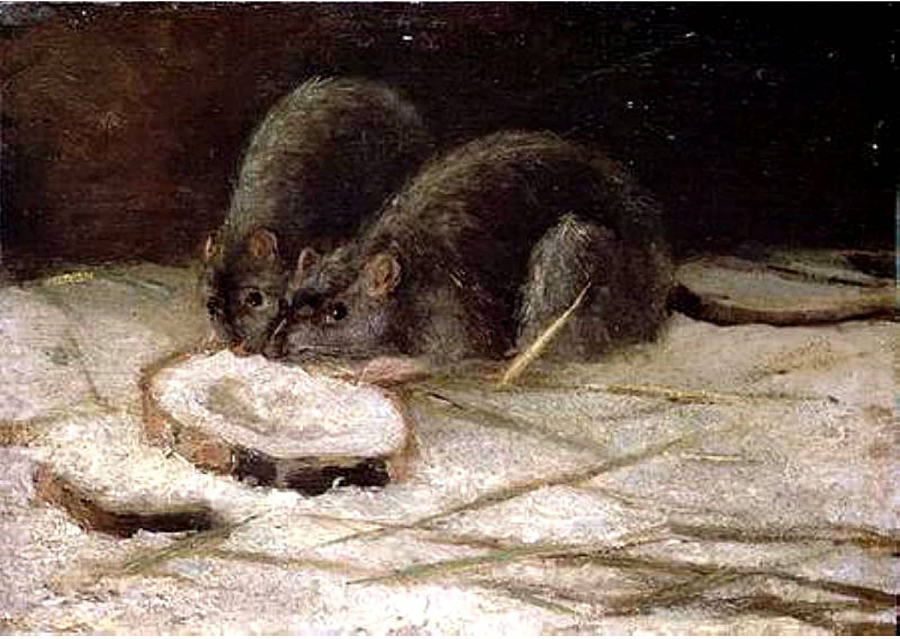
Not only silk, but also rats and other pests/diseases had the opportunity to travel globally. (Painting: Two Rats, Vincent van Gogh)
Other estimates suggest that as many as 50% of the world's population fell victim to the plague, with the figure possibly being somewhere between 75 and 100 million people. The last major plague outbreak was in 1855, starting in China, and killing 10 million people in India alone. It was not until 1895 that Dr. Alexandre Yersin discovered the cause of the disease while studying an outbreak in Hong Kong.
History shows that epidemics are disasters in themselves, but human overreactions are catalysts that create chaos and death on a much larger scale. Each time a pandemic appears in human history, it is a complete test of humanity's resilience to preserve the fragile survival of the species.

Hospital during the plague (Painting: Hospital Plague, Francisco de Goya)
Prophecies from the past
Despite the terrible consequences of the pandemic, there is a truth that few of us pay attention to: if we look back at human history, the number of pandemics that have occurred is as many as the wars that have ever been recorded in history books. There was even a French existentialist philosopher who wrote a story - which in the midst of the Covid-19 pandemic has become strangely familiar.
“The Plague”Albert Camus’s (The Plague) set in 2020 and 2021 can be read more as a narrative than a book. Because there, the people of the town of Oran also experience many different emotions. From the denial of the existence of the epidemic in the early stages, then the delay of public agencies in responding, the shortage of important medical supplies, the overload of hospitals… Camus seems to have seen it all with strange clarity. Moreover, Camus also shows an understanding that the pandemic can harm not only the body but also the spirit of people in the midst of the epidemic.
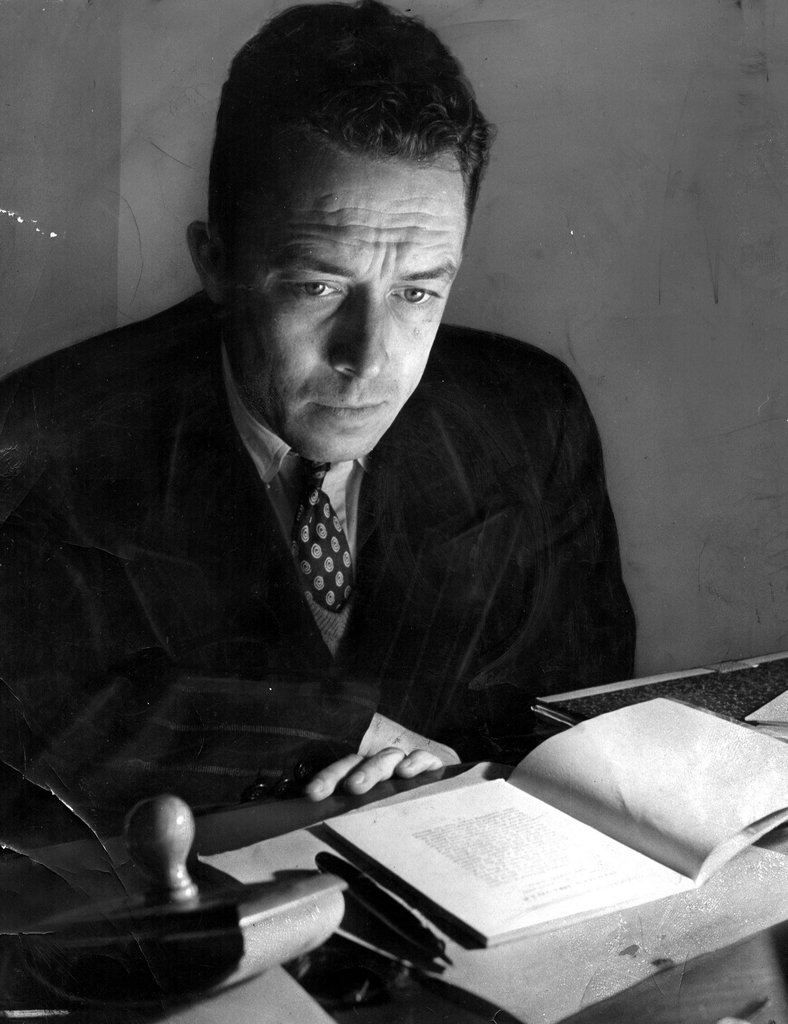
French writer, journalist, philosopher - Albert Camus (1913-1960)
One of the worst things about the plague is that it never seems to end. A night watchman during “The Plague,” in his panic, wished for an earthquake instead of a plague. He said:
“Earthquakes, tsunamis, landslides and other similar natural disasters – as terrible as plagues – have one saving grace: they end quickly. They have a clearly defined end, from which survivors can grieve and move on.”
On the other hand, each passing day of the epidemic brought a steady trickle of new deaths. The epidemic also caused another kind of loss: prolonged separation from loved ones as quarantine orders were enforced. Fears that the epidemic could last a year or even longer caused emotional disconnection and uncertainty about when they would be able to reunite with loved ones. As a result, people in the epicenter of the epidemic often despaired of a better future and decided it would be easier to stop thinking about it. Camus described the situation as one in which people become like“wandering shadows” “drifting through life rather than living”, tormented by"unclear memories".
The plague also robs people of life’s simple pleasures. Not only are residents of the fictional town of Oran (in “The Plague”) forbidden from traveling, they can’t even go for a walk on the nearby beach. To put it bluntly, Camus attributes part of the plague’s unhappiness to its sheer monotony. Even the simplest pleasures are stripped away: an old man who once enjoyed spitting on stray cats in the street can no longer do so (for fear that they might be a source of disease). Camus writes:“The plague killed all the colors, denied all the joy”So is there any way for people to overcome the negative feelings that despair brings?
Camus suggests yes.
Camus distinguishes between despair and the “habit of despair” – which makes people numb to their pain. Despair has not yet become a habit while the loss is still painful, because you continue to hope for reunion: your memory of your loved one is not yet lost.“physical connection”. The only way to hold on to those memories is to do what the people of Oran in “The Plague” avoided: imagine the days when we would be reunited with our loved ones – from what our loved ones are doing now, to what we will do together when things return to normal. It may be temporarily more painful, but it is also the only way to truly live in the midst of an unpredictable pandemic.
The power of imagination to keep love alive is beautifully illustrated by Raymond Rambert, a journalist living in Paris who, by chance, investigates the state of sanitation before the outbreak and is trapped in quarantine. Rambert likes to spend four hours each morning “thinking about his beloved Paris” and “recalling pictures of the woman he is separated from.” Rambert also daydreams about Paris – a kind of counter-narrative for his beloved who is still living in the bustling city.
“There appeared before his eyes the scene of a naked lover, the old stones and the riverbank, the pigeons at the Palais-Royal, the Gare du Nord metro station, the quiet old streets around the Pantheon, and many other scenes of the city he had never known he loved so much.”
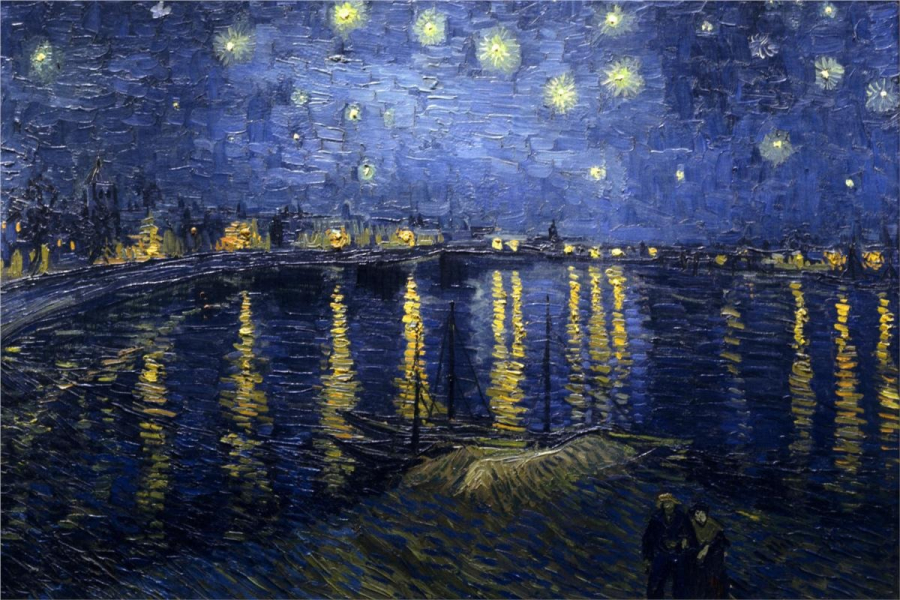
Painting: Starry Night over the Rhone, Vincent van Gogh
In addition to imagination, humans need the ability to see reality clearly. Waiting for peace in the future is not enough, people still have to live in the present. According to Camus, the plague is a re-examination of humanity's place in the scheme of things, starting with the realization that the philosopher Protagoras was wrong - man is not the measure of all things.
Camus’s absurdism recognizes that the universe cannot satisfy the human yearning for meaning, for love. The plague is also an absurdist phenomenon: it is so vast, killing so many people that it leaves little room for respect for their dignity. (Camus’s account of mass burials without proper funerals is a particularly grim testament to this reality.) At the same time, the source of the contagion, the bacterium, is an enemy too small to be seen and fought. Thus, at every turn, the plague defies human efforts to understand it. What is needed to live in reality now, according to Camus, is an existential humility, an understanding of our true place in the scheme of things.
Camus’s absurdist existentialism also creates a special kind of joy. Near the end of the plague, two friends, Tarrou and Rieux, quietly go out to sea at night, thanks to their Government passes. As both men prepare to jump into the water, they are overcome by a “strange happiness” that:Happiness does not come from escaping or denying reality..
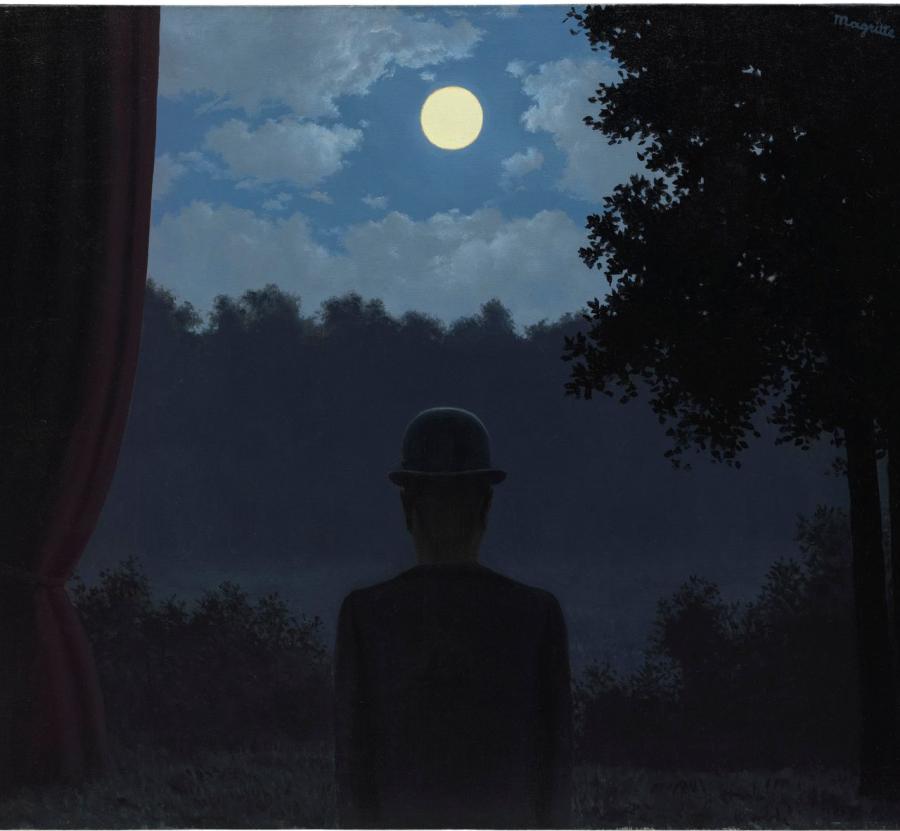
What is needed to live in reality now, is an existential humility, an understanding of our true place in the order of things. (Painting: Rene Magritte)
Camus’s “The Plague” or the story of the Black Death is not always a light soup or a positive story that lifts the reader’s spirits. Brooding darkness and empty despair echo from most of the pages of “The Plague” or the brutal figures of the “Black Death”. But this is what makes Camus’s calls for hope and joy so powerful. They are not born from fantasy but instead, rooted in the reality of suffering and that suffering makes humanity stronger, people become more human. We can give ourselves a minute to feel negative emotions, but once that minute is over, we must stand up and continue trying, together helping to overcome the difficult days that the plague is creating.























